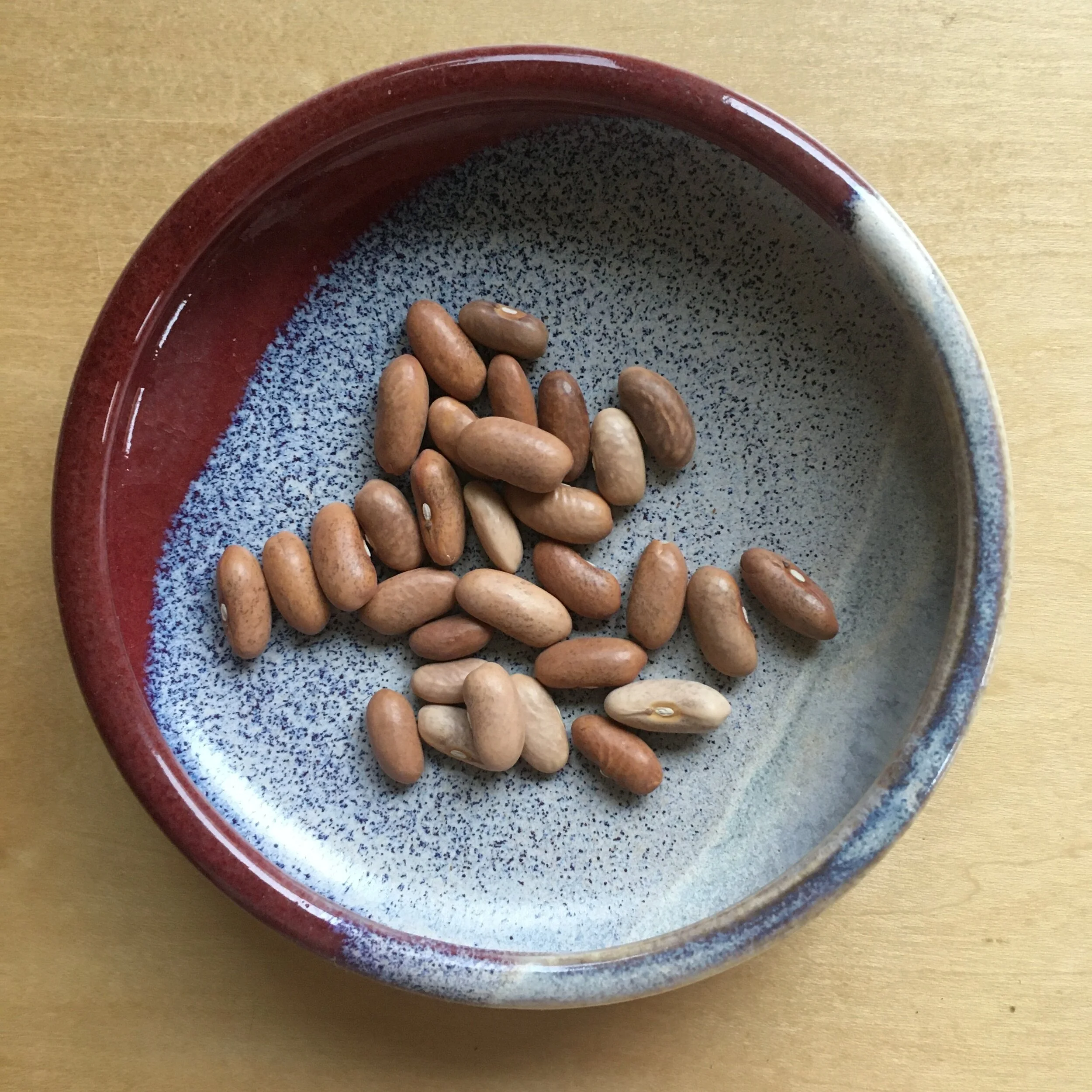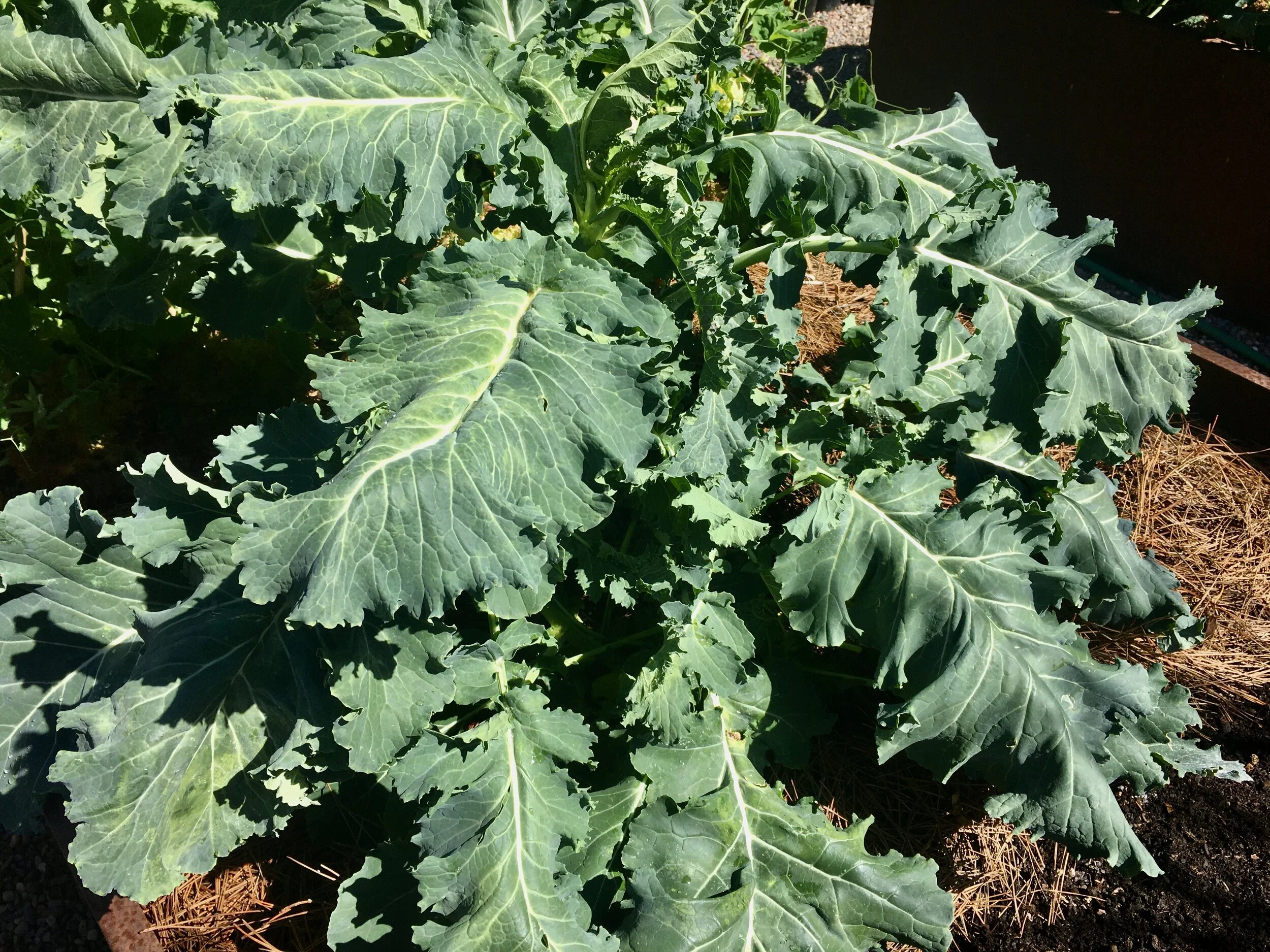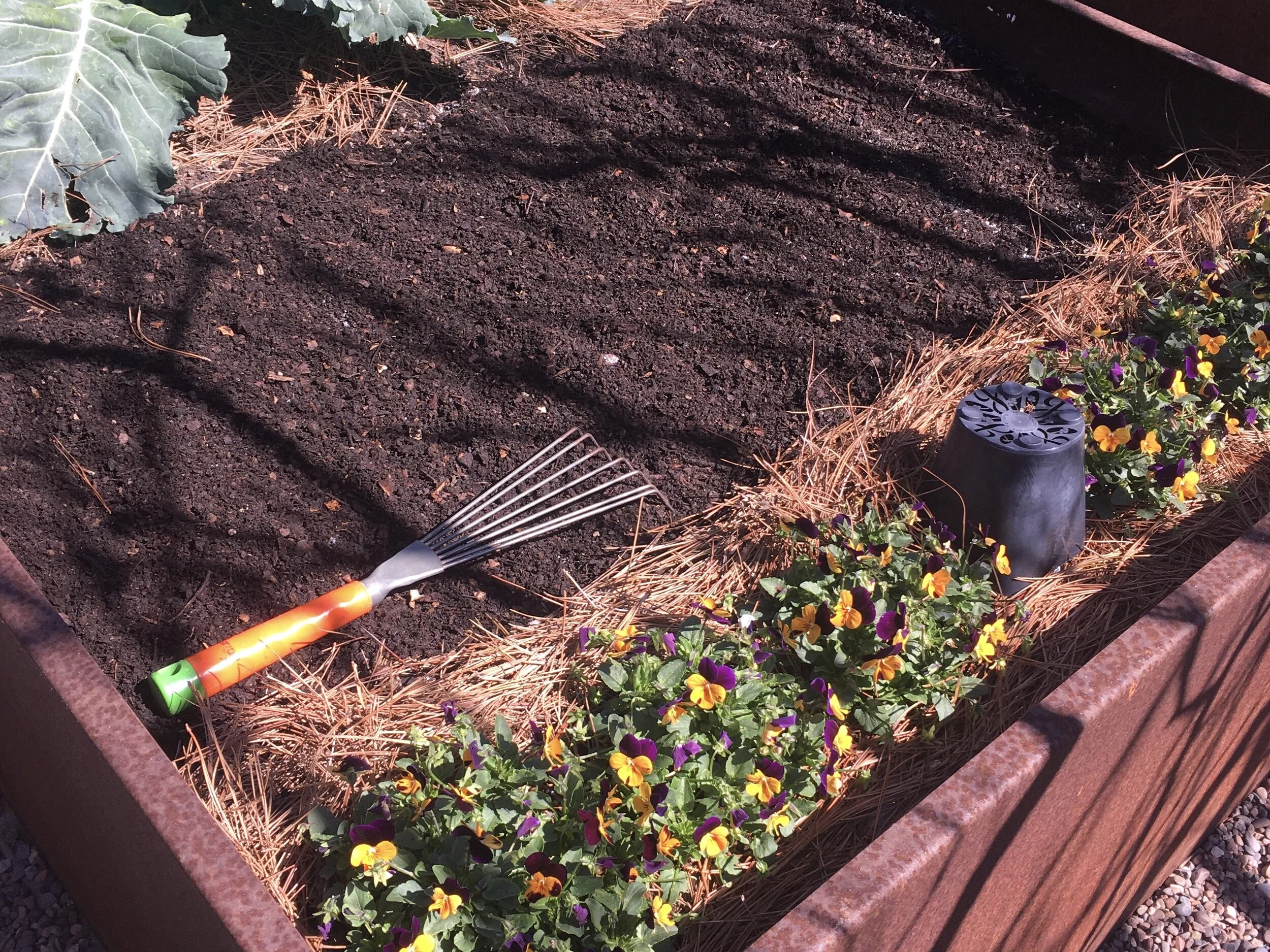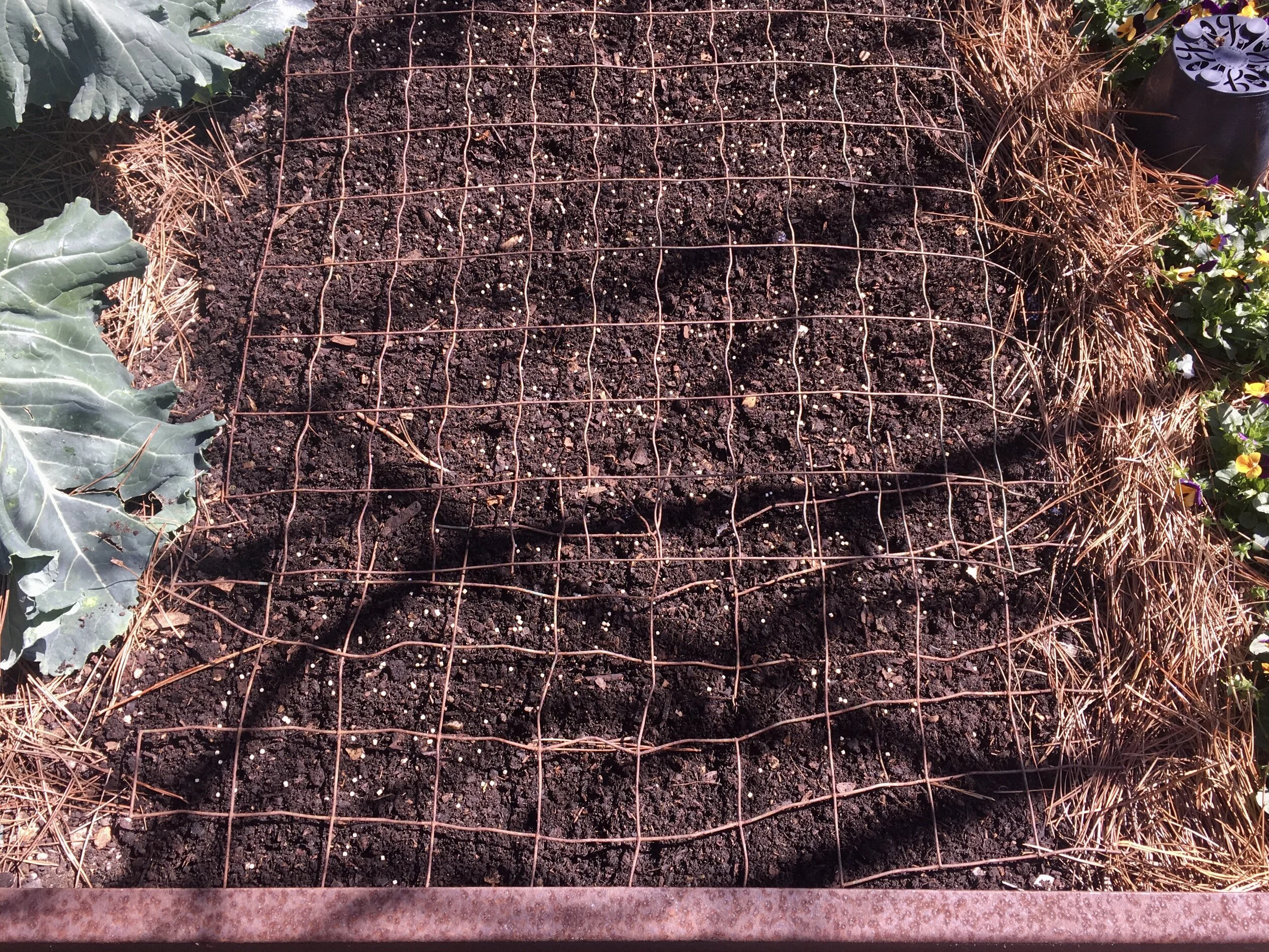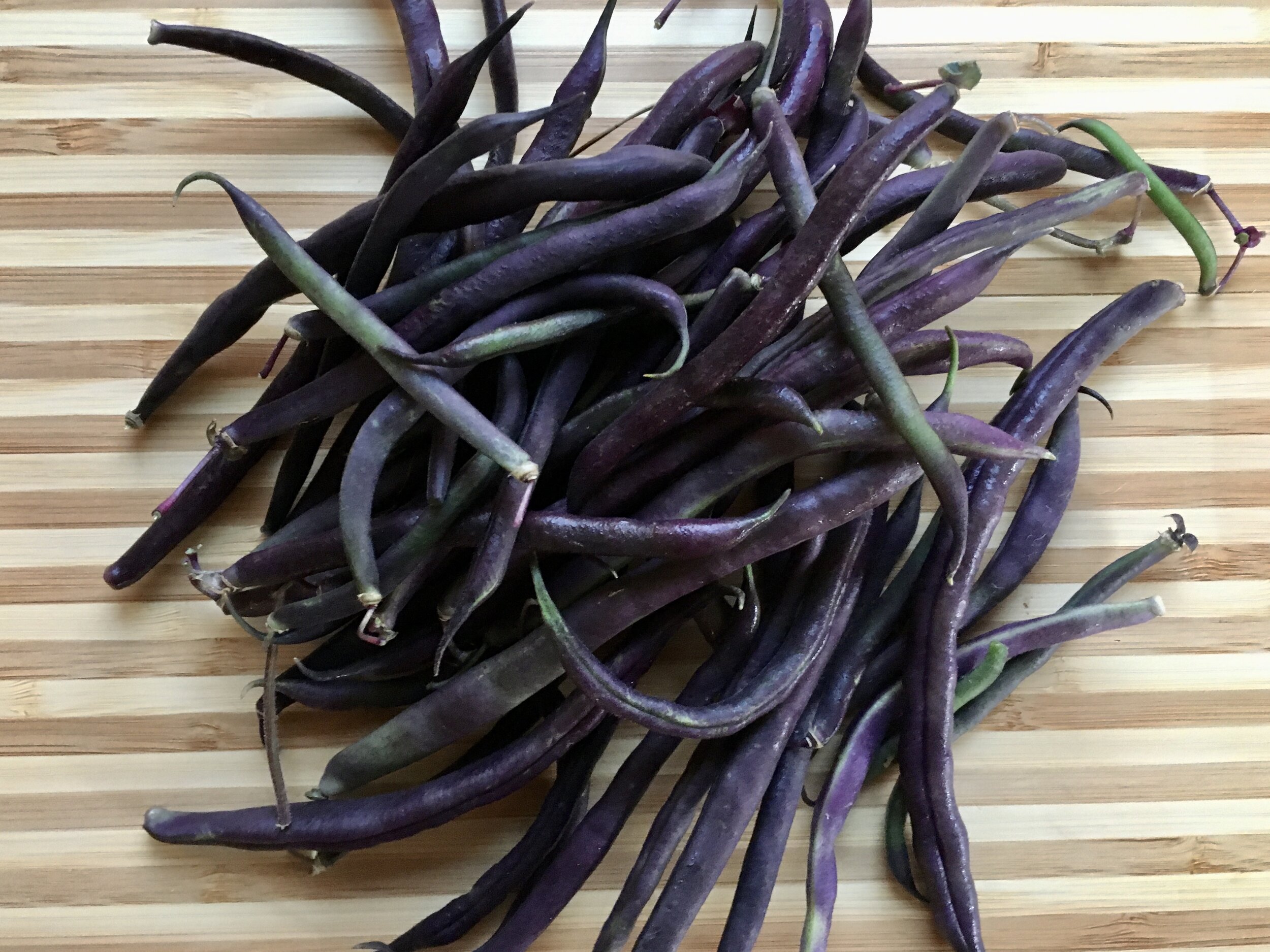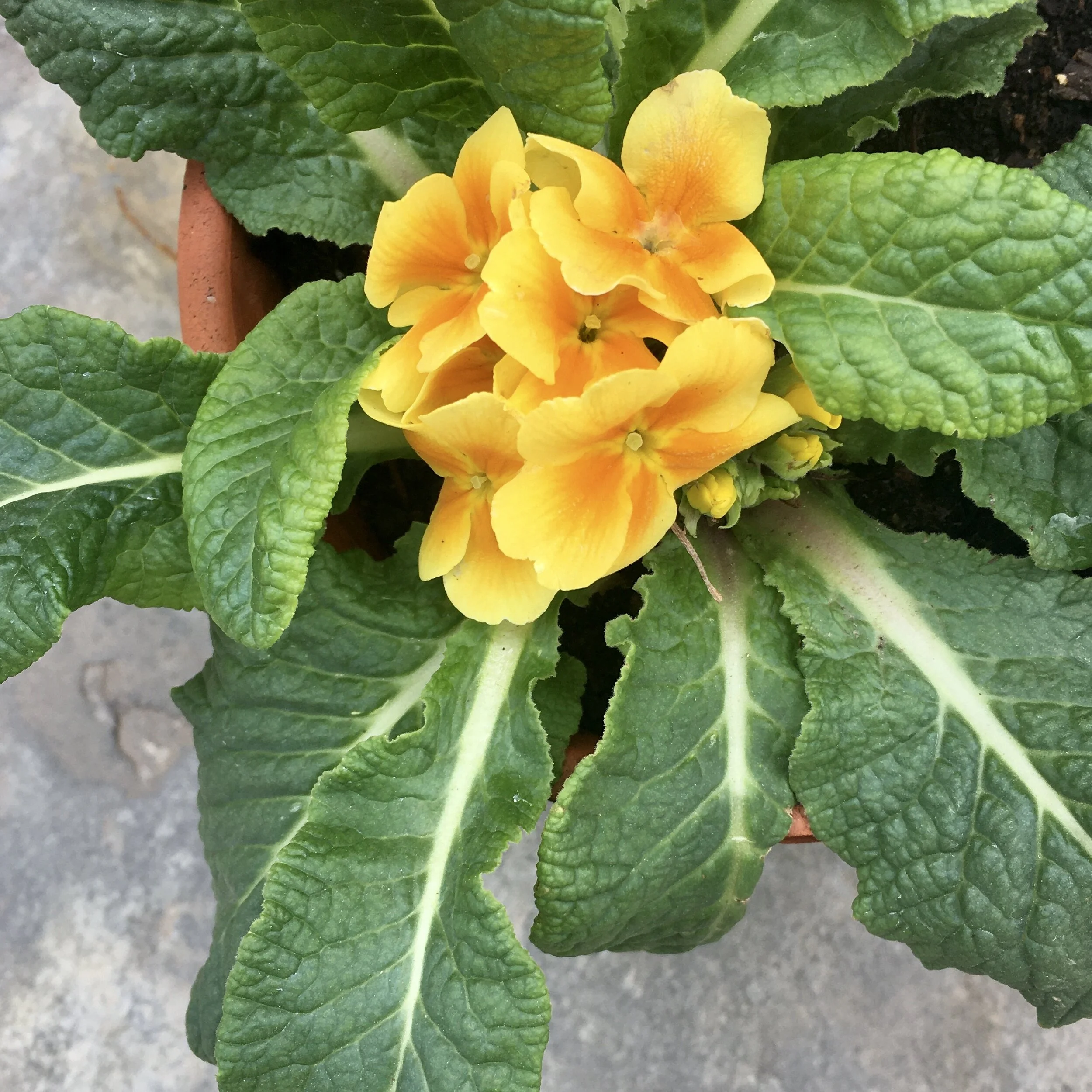What I'm Doing in My Garden This Week
I’ve had some disappointments and losses in the winter garden this year—think raccoons, rats, moles and some of my own mistakes. There are empty spaces in the garden beds now though it seems early to begin the transition to the summer garden.
I’m inspired by the French potager, having recently read In the French Kitchen Garden. There’s an efficiency to the method with the soil always in cultivation; room to add another sowing of radishes or lettuce transplants that will come to size before the surrounding broccoli overshadows them.
The days are sunny and the soil in my two foot deep raised beds is warming. I prepared a small area for ‘Royal Burgundy’ bush beans. Last summer they were very productive in a late sowing when days were shorter and nights were cool. I had read they can still yield well into the fall. So perhaps they’ll do well as spring nears. Gardening is about experimentation.
The cheery edging of violas remains. They like the cool nights and I’ll add the blooms to salads. Eventually the bush beans will overtake them but their run will be completed.
Nearby, a rather large and healthy purple sprouting broccoli survived the brassica losses and so deserves to persist longer in the garden though no sprouts have emerged.
I lifted the pine needle mulch covering the soil and moved it to the pine needle nest area my dog loves. To minimally disturb the soil-food web, I scratched in gypsum and Dr. Earth All-Purpose fertilizer and layered on about an inch of sifted compost. Rain is expected overnight which should settle things in.
Since moles disturb many of my seed plantings, despite hardware cloth at the bottom of the beds, I’ll let them go for the sow bugs and earthworms before I plant beans. My ‘Royal Burgundy’ bush beans seeds from San Diego Seed Company are ready to plant tomorrow. I’ll douse them with soil inoculant to improve yields and plant in trays. They’ll rest on a heating mat in my sunny kitchen window. Johnny’s Selected Seeds provides some useful cultural information and explains why my seeds sometimes germinate poorly. My soil is too cool now for good germination.
CULTURE:Choose well-drained soil with a pH range of 6.5–6.8. After last frost date sow seeds about 2" apart, 1" deep, in rows 20–36" apart. Optimum soil temperature for germination is 70–90°F (21–32°C). Plant when daytime soil temperatures average at least 60°F (16°C), or risk poor germination. Inoculants can increase yields. For a continuous supply, make successive sowings every 2-3 weeks through midsummer. Dark-colored seeds germinate better in cool soil than white seeds.
Wire screening will discourage any digging by critters and the tiny pellets of iron phosphate and spinosad will decrease the sow bug population. In a few weeks my seedlings will be ready to transplant to the prepared soil.
Remembering last summer’s harvests.
